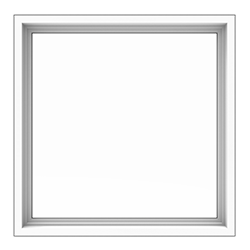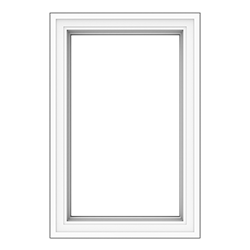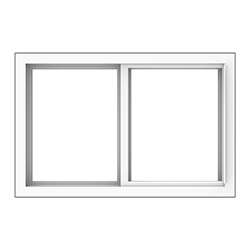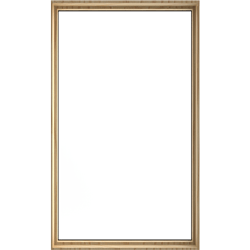1. The Wood
2. The Paint / Finish
What colors are available from your window supplier? Are there limitations when it comes to what colors you are able to choose from? How is it painted?
Consider that Powder Coating is much more durable than traditional wet painting. It is made much thicker than liquid paint as well, which means fewer potential runs down the side of your window frame to keep an eye out for. Additionally, Powder Coating is eco-friendly, emitting near zero volatile organic compounds (aka VOC’s) into the air. There is also little to no waste with the product since over spray can be recycled and reused, as opposed to liquid paint which cannot be recycled and must be disposed of as hazardous waste.
Is the paint prefinished or primed interior paint? What is the warranty on the paint if there are issues down the line?
3. Energy Efficiency
Energy Star is likely a name you are familiar with if you have ever bought products for your home. For windows and doors, however, Energy Star assigns distinct criteria levels for different parts of the country. Make sure that the windows you choose not only meet, but exceed the requirements for Energy Star ratings. This will not only save you money in the long run, but additionally provide improved home comfort, and reduce interior fading and condensation potential.
Low-E Coatings are another important factor to consider.
4. Muntins / Grids
No matter what you call them, their purpose is always the same, to enhance the look of your windows and doors. What patterns are available?
5. Hardware
Is it the first thing you see? What goes on behind the scenes? Education is key
6. Screens
Screens are all about three things, durability, visibility, and flexibility.

























